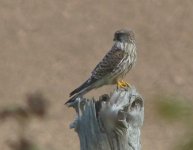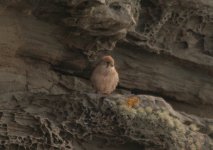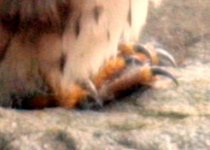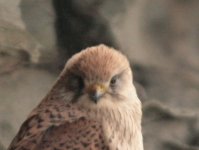RecoveringScot
Well-known member
Has anyone seen an imm/fem Common Kestrel with a tail like this?:
https://www.facebook.com/photo.php?fbid=10158689399095626&set=gm.715093828670832&type=3&theater
I'm not claiming anything, just curious.
There's been some comment in this thread:
http://www.birdforum.net/showthread.php?p=3570273#post3570273
https://www.facebook.com/photo.php?fbid=10158689399095626&set=gm.715093828670832&type=3&theater
I'm not claiming anything, just curious.
There's been some comment in this thread:
http://www.birdforum.net/showthread.php?p=3570273#post3570273








